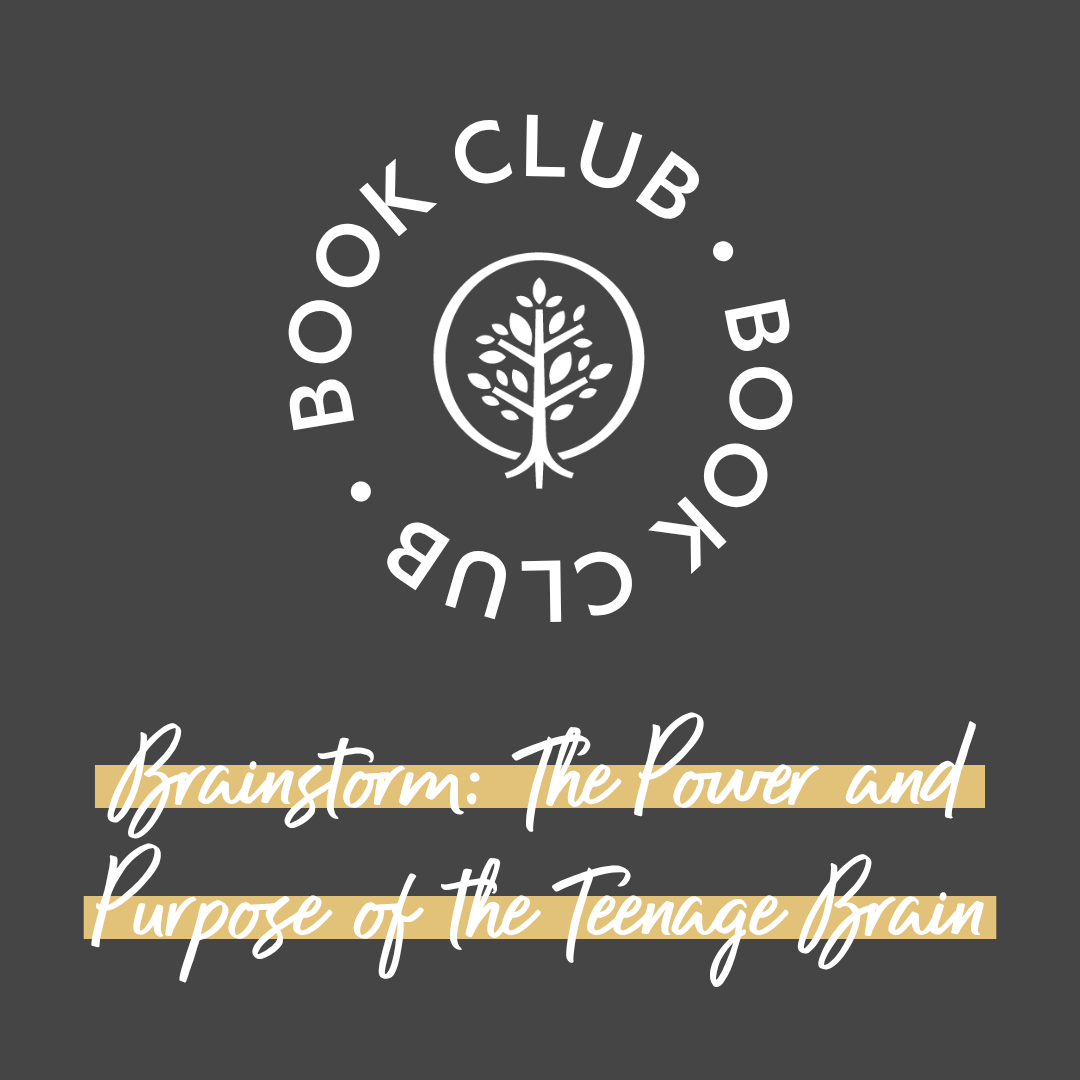Understanding TBRI® Connecting Principles

Trust-Based Relational Intervention® (TBRI®) is a care model designed to help meet relational and developmental needs of children and youth impacted by trauma. TBRI considers the whole child—his or her brain, biology, behavior, body, and beliefs—and provides parents and caregivers with practical tools and insight to help their child(ren) reach his or her highest potential. And, perhaps most integral, TBRI has connection at its core—the truth that connection builds trust, and trust builds healthy relationships.
Developed by Dr. Karyn Purvis and Dr. David Cross of the Karyn Purvis Institute of Child Development (KPICD) at TCU, the TBRI model is built upon three guiding principles:
Connecting Principles: Create connections that disarm fear, gain trust, and enhance learning.
Empowering Principles: Strengthen learning and regulation by meeting a child’s physical and environmental needs.
Correcting Principles: Shape beliefs and behaviors effectively, so children feel safe, protected, and empowered.
The goal of Connecting Principles is to build trusting relationships that help children and youth feel valued, cared for, safe, and connected. Disarming fear and building trust greatly increase the capacity for connection, growth, and learning.
Remember, secure attachment says:
– “I feel protected.”
– “I feel precious.”
– “I feel heard.”
– “My physical needs are taken care of.”
– “My emotional needs are taken care of.”
The following are practical questions, tips, and activities to help you reflect, remember, and act as you work to engage and build connection with your child and/or teen.
Questions & Reflections
Attachment is often described as a dance between the child and the caregiver. What are some ways you have seen your own history impact your relationship with your child?
What does “being fully present” mean to you, and what steps can you take to be more fully present with your child?
What activities does your child or teen enjoy? How can you more intentionally engage your child around his or her interests?
Why is it sometimes challenging to see beyond your child’s or teen’s behavior and recognize the underlying need he or she is trying to express or have met?
Tips & Reminders
– Stop, look, and listen when your child approaches you.
“Stop” what you are doing.
“Look” into his or her eyes.
“Listen” to his or her words, and share in the excitement and passion he or she is expressing.
– Find creative ways to give more “yeses.”
Action Points
Child-led One-on-One
Work to spend 10 minutes a day with your child or teen engaging in play with an activity of his or her choice. Allow space for your child to lead the play with his or her unique ideas. During this time, offer healthy touch (high fives, fist bumps, side hugs—with permission); match behavior (whatever he or she creates, you create); and validate his or her ideas. Make an effort to keep your child or teen in the lead of the play by avoiding playtime as a way to teach or give direction. This time is for him or her to be expressive and for you to recognize his or her unique ideas, creativity, gifts, and imagination.
Healthy Touch
Healthy touch is an important way to build connected, trusting, and healthy relationships with children. Unfortunately, many children or teens who have experienced trauma have never known caring touch on a regular basis. Making it a priority to incorporate healthy touch in your child’s or teen’s day-to-day activities and interactions can help facilitate healing. Beyond fist bumps, high fives, and gentle chin prompts, also work to find opportunities to incorporate some of these “out of the box” activities to add some fun and healthy touch into your daily interactions:
– Have a three-legged race.
– Give the family dog a bath together.
– Practice fun hairstyles on each other.
– Get creative together with face paint.
– Play “freeze tag” together.
Note: While healthy touch can build connection, trust, and felt-safety, it is important to ask permission and be aware of how your child or teen receives the affection.
This is the second in a series of five blog posts. Also check out:
An Introduction to Trust-Based Relational Intervention® (TBRI®)
Understanding TBRI® Empowering Principles
Understanding TBRI® Correcting Principles
Understanding The Gospel and TBRI®
Register now for Show Hope’s 2023 Hope for the Journey Conference, premiering Friday, April 14, with on-demand viewing through June 30. Early Bird Special Pricing for both Individuals/Households as well as Churches/Organizations available now through October 31!




